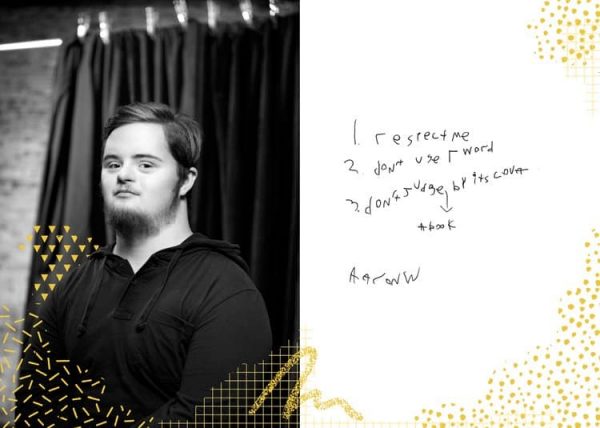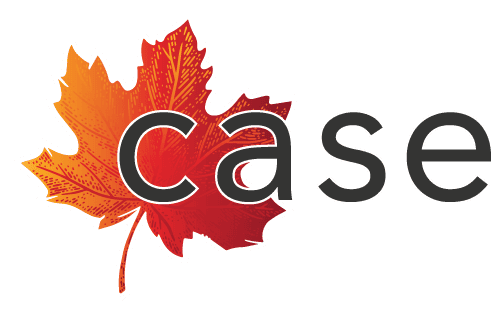Disability Pride Month
Every year in July, Disability Pride Month celebrates persons who experience disability, their identities and culture, and their positive contributions to society. The event aims to change the way people think about disability. It promotes all types of disability as a natural part of human diversity.
Disability Pride Month has been celebrated in the United States since July 1990 when the Americans with Disabilities Act came into law. Today, it is celebrated around the world, including in Canada, where 22 per cent or 6.2 million Canadians live with a disability.
"Disability is not only an identity, but also a community with a diverse culture all their own to be proud of and celebrated. Disability culture is about visibility and self-value. Disability Pride Month is a time for recognizing these facts and listening to people with disabilities.”
From Ontario's Bill 128 - "Disability Pride Month Act, 2023"
Disability Pride Flag
In 2019, the Disability Flag designed by Ann Magill began to circulate during Disability Pride Month. The flag was revised in 2021 to this current design.
Meaning behind each design element:
- All six flag colors: Disability spans borders between nations
- Black background: Mourning for victims of ableist violence and abuse
- Diagonal Band: Cutting across the walls and barriers that separate disabled people from society
- Red Stripe: Physical disabilities
- Gold Stripe: Neurodivergence
- White Stripe: Invisible and undiagnosed disabilities
- Blue Stripe: Psychiatric disabilities
- Green Stripe: Sensory disabilities

What does disability mean to you?
For Disability Pride, Kello Inclusive, a disability-focused talent and media company, invited five persons experiencing disability to write one page about what disability means to them. You can read their full responses on the Kello website. The photo series was produced by Kello Inclusive (www.kelloinclusive.org), photographed by Tilly Nelson (www.tillynelson.com) and illustrated by Maggie Roman (www.maggieroman.com).
Here are excerpts from the responses of the five persons experiencing disability about what disability means to them:

Aaron: “1. respect me 2. don’t use r word 3. don’t judge a book by its cover”
Yat: “…It takes exceptional energy and strength to put on these ears and sound processors to hear and conform to what the world perceives as normal…”
Jeni: “…What the world thinks, vs. what the world sees, vs. what it actually feels like…”
Lelainia: “…As an adult, I came to understand that being disabled is simply another state of being on the continuum of what it means to be human…”
Reedan: “…Disability does not define you. It is an unchosen feature, just as the colour of your eyes are. Just as your eyes do, disability will manage in the darkness. But in the light, it will sparkle…”
Canadian Books Showcase Diverse Abilities
For Disability Pride Month in 2022, the CBC compiled a list of 12 books by Canadian authors that represent diverse disability. The publications range from fiction, nonfiction, poetry, young adult and kids’ books.
For example, in her collection of essays, disability justice activist and performance artist Leah Lakshmi Piepzna-Samarasinha explores disability justice. Disability justice is a movement that centres the priorities of persons experiencing disability who are also historically the most excluded: women, people of colour, immigrants and people who identify as 2SLGBTQIA+.
(Book cover: Arsenal Pulp Press. Photo: Naomi Ishisaka)


